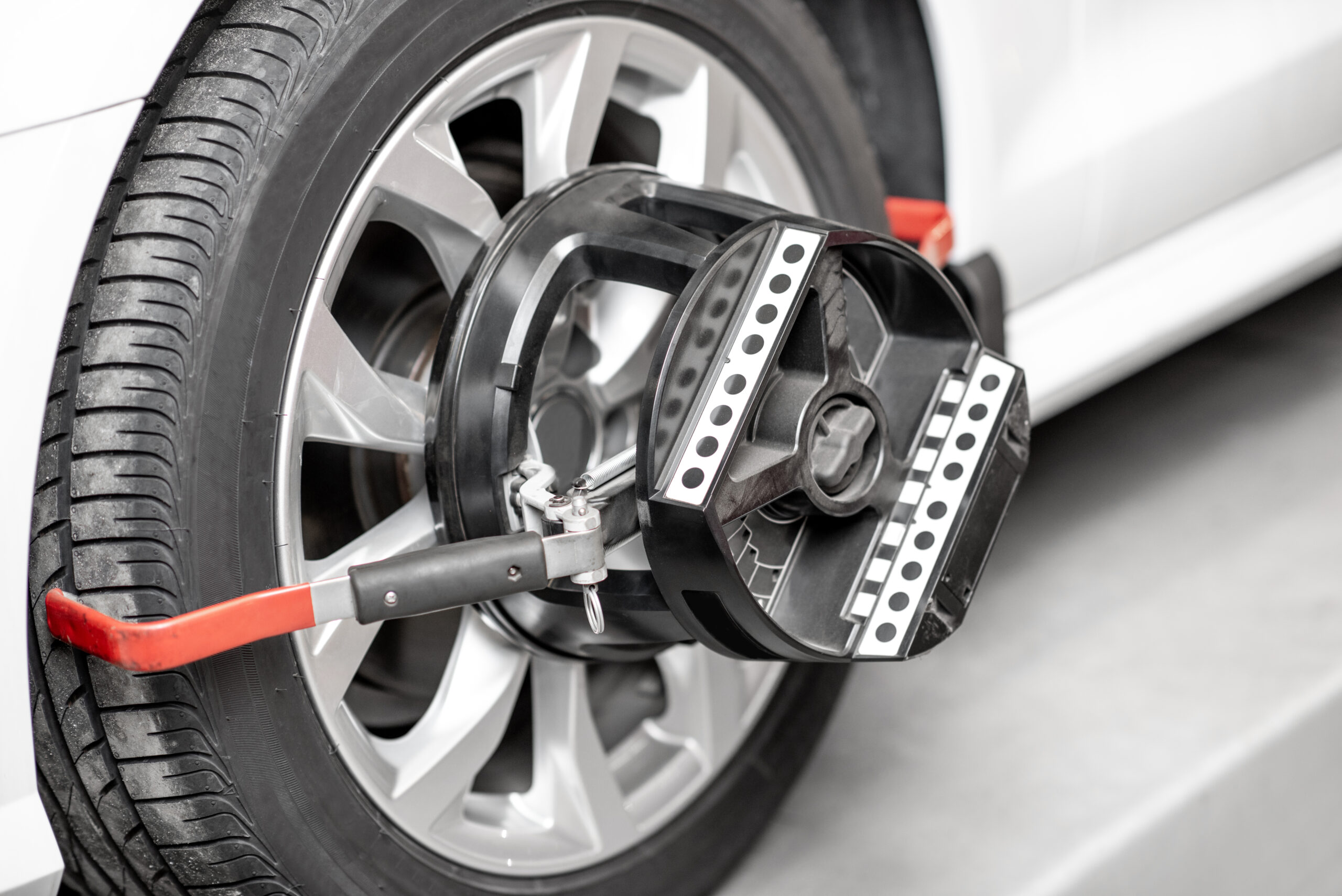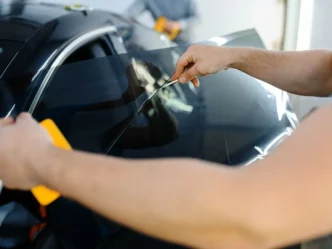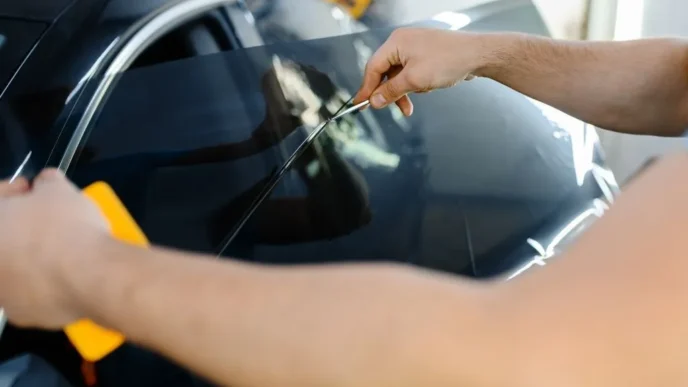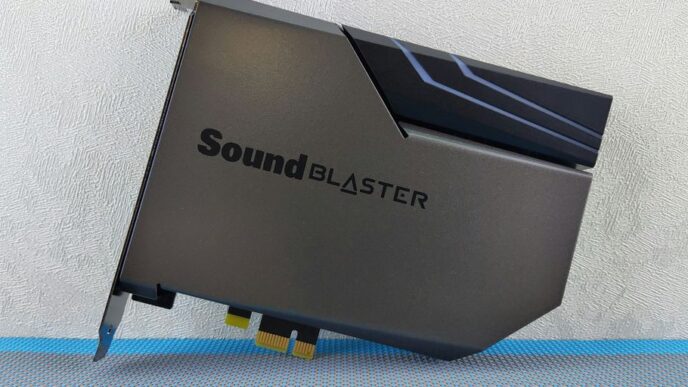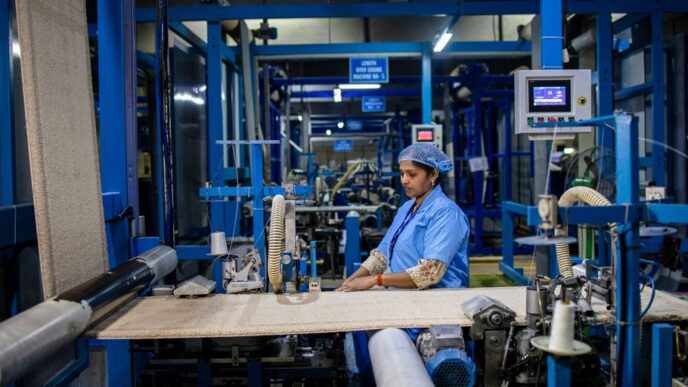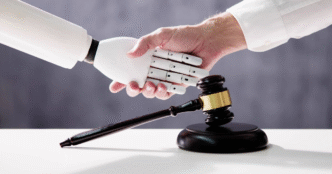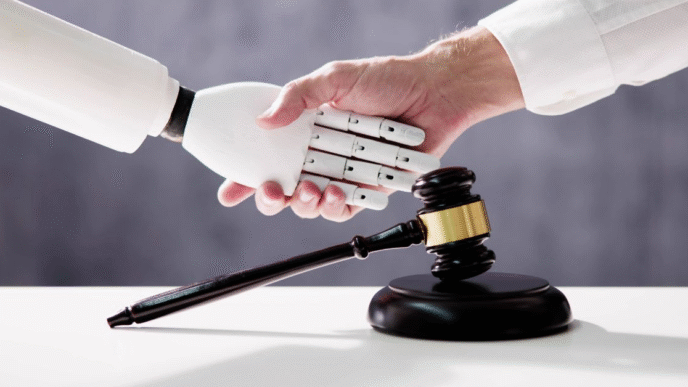Whether you’ve been in an accident or are simply looking to maintain your vehicle’s performance, understanding the significance of wheel alignment in collision repair is essential. A minor fender bender can throw off your alignment, leading to uneven tire wear and poor vehicle handling. Delving into a listicle, we’ll explore the ten critical aspects of wheel alignment post-collision, providing readers with a comprehensive guide to vehicle restoration.
1. Why Wheel Alignment Matters Post-Collision
A collision, no matter how small, can significantly impact your wheel alignment. Misaligned wheels can decrease fuel efficiency, cause steering problems, and even lead to unsafe driving conditions. In short, aligning your wheels correctly ensures that the vehicle’s wheels are perpendicular to the ground and parallel to each other.
2. Advanced Alignment Technology
In the process of collision repair, cutting-edge alignment technology is crucial. Laser and camera systems ensure precision alignment to factory specifications, which is essential for maintaining the vehicle’s safety features and driving comfort.
3. Digital Vehicle Inspection
Modern collision repair shops use digital vehicle inspection tools to carefully assess alignment issues. These tools provide detailed reports that highlight the adjustments and repairs needed to bring your vehicle back to its pre-collision condition.
4. Understanding Caster, Camber, and Toe
Wheel alignment adjustments primarily deal with caster, camber, and toe angles. Caster influences steering stability, camber affects tire wear, and toe alignment determines tire life and straight-line tracking.
5. Potential Suspension and Steering Damages
A collision often causes hidden damage to steering and suspension components. Misaligned wheels may be a symptom of more severe issues, so it’s crucial to check for damages to tie rods, ball joints, and control arms during repair.
6. The Impact on Tire Wear
Misaligned wheels are a leading cause of irregular tire wear. This can manifest as excessive edge wear, center wear, or shoulder wear, requiring premature tire replacement if not corrected promptly.
7. Checking for Additional System Alignment
Wheel alignment is not just about the front wheels; rear wheel alignment is equally important. Modern vehicles with adjustable rear suspension require a comprehensive four-wheel alignment to maintain optimal handling.
8. Importance of Post-Repair Test Drives
After the initial repairs and alignment adjustments, a test drive is crucial to ensure that the vehicle handles properly. Technicians need to monitor for vibrations, pulling, and any other anomalies that may indicate ongoing alignment issues.
9. Undercarriage Inspection for Proper Alignment
An undercarriage inspection can reveal a lot about the vehicle’s alignment. Strange noises or irregular tire wear can suggest alignment-related issues that require a closer look at components such as the axle and chassis.
10. Alignment Guarantees and Follow-Up Inspection
Following a collision repair, a warranty on the alignment work is critical. A good warranty will cover readjustments within a specified timeframe if any issues arise, providing peace of mind to the vehicle owner. A follow-up inspection also ensures that everything is working as intended and any further adjustments are made promptly.
Understanding these ten critical aspects of wheel alignment in collision repair will empower you to address alignment issues effectively and ensure a safe and smooth driving experience post-repair. It serves as a comprehensive checklist to pass over with your collision repair service provider, ensuring nothing is overlooked.

